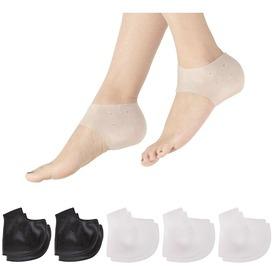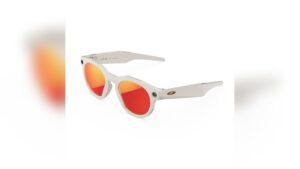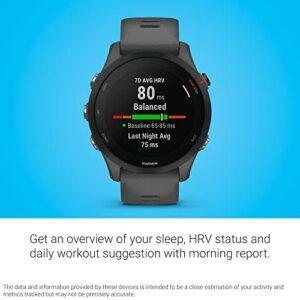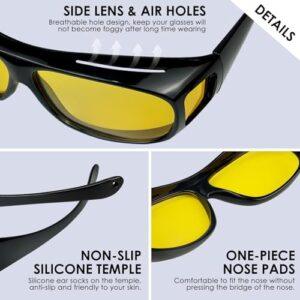Are you tired of your feet aching after just a short time in high heels? You’re not alone.
Many people struggle with the pain that comes from wearing stylish shoes. But what if you could enjoy your favorite heels without the discomfort? Imagine walking confidently at events, work, or nights out, pain-free. You’ll discover simple, practical tips to stop your feet from hurting in high heels.
Keep reading to learn how to make your heels work for you—not against you.
Causes Of Heel Pain
High heelsput extra pressure on certain pointsof your feet. This pressure causes pain and discomfort. The ball of the foot and toes often bear most weight.
Higher heelsincrease this pressure. The steeper the heel, the more force on the front of the foot. This can cause sharp painand soreness.
Your foot’s shape and bonesalso affect pain. Some feet are more sensitive to pressure. Tight shoes can pinch nerves and cause aching or burningfeelings.

Credit: www.amazon.com
Choosing The Right Heels
Choosing the right heel heightis key to comfort. Heels around 1 to 2 inches cause less pain and pressure. Taller heels make your feet work harder and hurt more.
The heel shapeaffects balance and support. Wide heels or block heels spread weight better than thin stilettos. This reduces foot strain and gives more stability.
Material and fitmatter a lot. Soft leather or fabric lets your feet breathe and move naturally. Shoes should fit snugly but not tight. Avoid tight toes or loose heels to stop rubbing and blisters.
Preparing Feet Before Wearing Heels
Stretching exerciseshelp prepare your feet for high heels. Stretch your toes by pulling them gently. Roll your ankles in circles to loosen them. These simple moves improve flexibilityand reduce pain.
Moisturizingkeeps your skin soft and less likely to crack. Use a thick foot cream every night. Pay attention to heels and the balls of your feet. Soft skin feels better inside tight shoes.
Foot strengtheningbuilds muscles that support your arches. Try toe curls by grabbing a towel with your toes. Practice standing on one foot for balance. Strong feet handle high heels easier and hurt less.
Using Inserts And Cushions
Gel pads and insoleshelp soften the pressure on your feet. They fit inside your shoes and cushion your steps. Gel material absorbs shock and reduces pain. Choose thin ones to keep your heels fitting well.
Arch support optionsgive extra help to your foot arches. This support stops your feet from getting tired fast. Inserts with arch support keep your feet steady and balanced inside your shoes.
Ball-of-foot cushionsprotect the front part of your feet. They stop sharp pain under your toes. These cushions lift your feet slightly, easing the pressure on sensitive areas.
Adjusting Walking Techniques
Keep your back straightand head up. This helps reduce pressureon your feet. Avoid leaning forward or slouching. Your shoulders should stay relaxedand even.
Step with your heel first, then your toes. This spreads the weightevenly. Take small, careful stepsto avoid slipping or pain. Try not to stomp.
Shift your weight gently from one foot to the other. Keep your balance centeredover your heels. This reduces strainon the balls of your feet. Use your core muscles to stay steady.

Credit: www.amazon.com
Taking Breaks And Foot Care
Resting your feetoften helps reduce pain during long wear. Take short breaks to sit down and relieve pressure. This gives your muscles a chance to relax and recover.
Soaking feetin warm water soothes soreness. Adding Epsom salt can ease swelling. Follow with gentle foot massagesto improve blood flow and comfort.
Try to rotate your shoesdaily. Wearing different pairs reduces constant stress on the same spots. It also helps keep feet healthier over time.
Alternative Footwear Options
Low heels and wedgesoffer better support than high stilettos. They spread weight across your feet, reducing pain. Wedges keep your foot stable and help avoid ankle twists. These shoes often have cushioned soles for extra comfort.
Platform shoesraise your height without bending your foot sharply. The thick sole lessens pressure on the ball of your foot. Platforms can be stylish and easier to walk in than thin heels.
| Comfort-First Brands | Key Features |
|---|---|
| Clarks | Soft insoles, good arch support, durable materials |
| Naturalizer | Wide sizes, cushioned footbeds, flexible soles |
| Vionic | Orthotic technology, heel stability, shock absorption |

Credit: www.amazon.ca
Frequently Asked Questions
How Can I Prevent Foot Pain Wearing High Heels?
Choose cushioned insoles and opt for heels under 3 inches. Take breaks by sitting or removing shoes. Stretch feet regularly to relieve pressure and improve circulation.
What Type Of Shoes Cause Less Foot Pain?
Shoes with wider toe boxes and thicker heels offer better support. Look for padded soles and adjustable straps to reduce discomfort during wear.
Are Foot Exercises Helpful For Heel Pain?
Yes, foot exercises strengthen muscles and improve flexibility. Simple stretches and toe curls reduce tension and prevent pain after wearing heels.
How Often Should I Wear High Heels Safely?
Limit high heel use to special occasions or short durations. Wearing heels daily can cause long-term foot problems and chronic pain.
Conclusion
Wearing high heels does not have to hurt your feet. Choose shoes with good support and a proper fit. Use cushioned insoles to soften the pressure. Take breaks and stretch your feet often. These small steps make a big difference.
Enjoy your style without pain or discomfort. Comfort and fashion can go hand in hand. Keep your feet happy, and your heels will feel better.

Madison Clark is a footwear expert and the voice behind MyStyleGrid.com. She specializes in honest shoe reviews, style tips, and practical guides to help readers find the perfect pair for any occasion. With years of experience in blogging and content creation, Madison makes footwear knowledge simple, stylish, and easy to follow.







